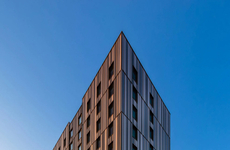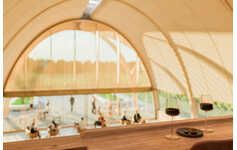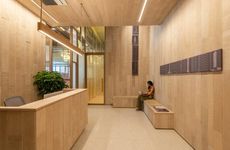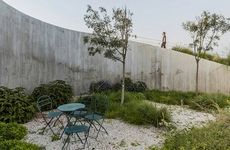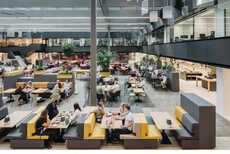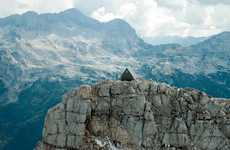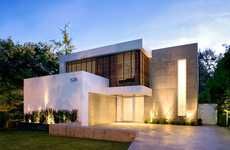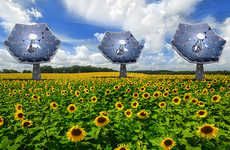
The Buenos Aires City Hall Was Designed By Foster + Partners
Rahul Kalvapalle — April 25, 2015 — Eco
References: fosterandpartners & gizmag
The new Buenos Aires city hall is probably the most sustainable city hall building anywhere in the world, and is the first LEED Silver certified public building in Argentina. The building was designed by the Foster + Partners architectural practice.
The building has passive design features that take the surrounding environment into account, contributing to its sustainability. The concrete mass of the building protects the interior from the sun's heat and regulates internal temperature.
Natural ventilation will be used to cool the building for seven months of the year, while skylights and low-emissivity glass regulate temperature. The building is also designed to allow plenty of natural light.
As sustainable architecture grows in importance, it's heartening to see public buildings taking the lead and proving that eco-friendly architecture doesn't have to mean compromising on comfort, aesthetics or utility.
The building has passive design features that take the surrounding environment into account, contributing to its sustainability. The concrete mass of the building protects the interior from the sun's heat and regulates internal temperature.
Natural ventilation will be used to cool the building for seven months of the year, while skylights and low-emissivity glass regulate temperature. The building is also designed to allow plenty of natural light.
As sustainable architecture grows in importance, it's heartening to see public buildings taking the lead and proving that eco-friendly architecture doesn't have to mean compromising on comfort, aesthetics or utility.
Trend Themes
1. Passive Design - There is an opportunity for architectural practices to adopt more passive design techniques, such as concrete masses and natural ventilation, in order to create more sustainable buildings.
2. LEED Certification - There is a growing trend for public buildings to pursue LEED certification in order to demonstrate their commitment to sustainability.
3. Natural Light - There is an opportunity for buildings to prioritize natural light as a means of reducing energy consumption, while also improving the well-being of occupants.
Industry Implications
1. Architecture - Architects can embrace sustainable design to remain competitive in a market that increasingly values eco-friendliness.
2. Construction - Construction firms can incorporate more sustainable materials and techniques in their projects to meet growing demand for eco-friendly buildings.
3. Green Technology - Green technology companies can develop innovative products and solutions for public buildings seeking LEED certification and other sustainability goals.
4.2
Score
Popularity
Activity
Freshness




